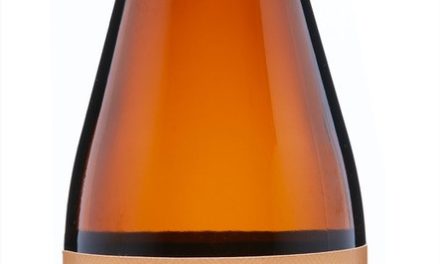Flavor is the prevailing reason given by producers for aging and fermenting beverages in new wooden barrels. Today, oak is predominantly used for both barrels and its alternatives, but there are forests and orchards filled with options.
According to Len Napolitano, sales manager for The Barrel Mill, the wine industry, by and large, chooses to stick with oak, while other beverage makers are more readily willing to experiment. His firm currently supplies oak, sugar maple, cypress, cherry, and Spanish cedar products.

“By offering all these woods with different flavor profiles, we’re essentially expanding your recipe book.” —Heidi Korb, Black Swan Cooperage [Photo courtesy Black Swan]
Most customers report trying only one wood type per beverage batch, says Heidi Korb, owner of Black Swan Cooperage, which has researched and offers several different woods, including hard and soft maple, white ash, white oak, red oak, yellow birch, apple, cherry, hickory, and sassafras. “By offering all these woods with different flavor profiles, we’re essentially expanding your recipe book,” she says.
Black Swan’s alternative products, made from several tree species, are designed to be used in combination. She suggests a brewer or distiller may want to mix cherry, apple, and white ash; or maybe cherry, apple, and white oak.
Having alternatives available “opens the door for experimentation,” says Patrick Pickett, technical director for Modern Cooperage. “Pear, apple wood, even orange trees might be interesting. Who knows what might be produced?”
Warning: You may want to draw the line at DIY and toasting what’s inside your wood chipper. Some woods aren’t intended for human consumption and can be toxic and/or poisonous.










